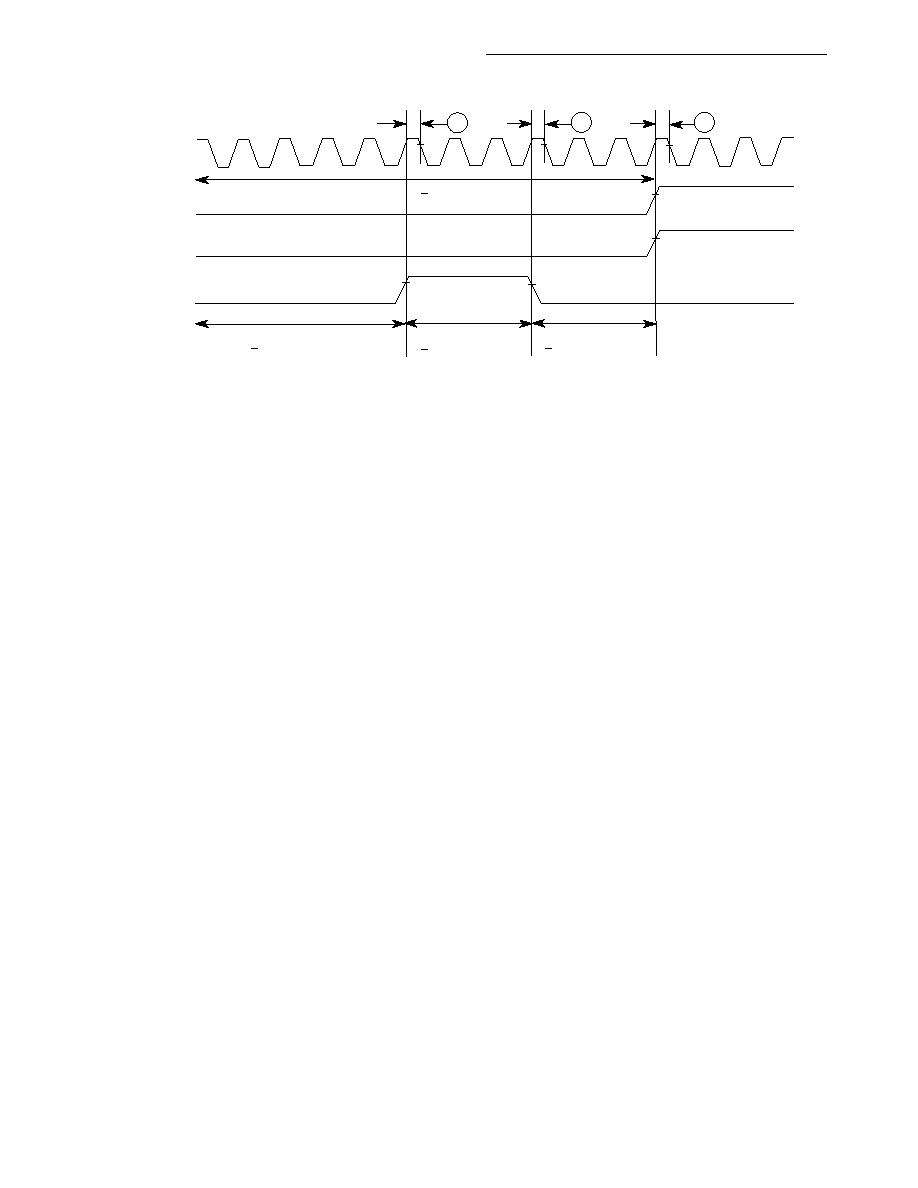- 您現(xiàn)在的位置:買賣IC網 > PDF目錄97874 > EC000UM EC000 Core User's Manual (SCM68000) PDF資料下載
參數(shù)資料
| 型號: | EC000UM |
| 英文描述: | EC000 Core User's Manual (SCM68000) |
| 中文描述: | EC000核心用戶手冊(SCM68000) |
| 文件頁數(shù): | 7/145頁 |
| 文件大小: | 829K |
| 代理商: | EC000UM |
第1頁第2頁第3頁第4頁第5頁第6頁當前第7頁第8頁第9頁第10頁第11頁第12頁第13頁第14頁第15頁第16頁第17頁第18頁第19頁第20頁第21頁第22頁第23頁第24頁第25頁第26頁第27頁第28頁第29頁第30頁第31頁第32頁第33頁第34頁第35頁第36頁第37頁第38頁第39頁第40頁第41頁第42頁第43頁第44頁第45頁第46頁第47頁第48頁第49頁第50頁第51頁第52頁第53頁第54頁第55頁第56頁第57頁第58頁第59頁第60頁第61頁第62頁第63頁第64頁第65頁第66頁第67頁第68頁第69頁第70頁第71頁第72頁第73頁第74頁第75頁第76頁第77頁第78頁第79頁第80頁第81頁第82頁第83頁第84頁第85頁第86頁第87頁第88頁第89頁第90頁第91頁第92頁第93頁第94頁第95頁第96頁第97頁第98頁第99頁第100頁第101頁第102頁第103頁第104頁第105頁第106頁第107頁第108頁第109頁第110頁第111頁第112頁第113頁第114頁第115頁第116頁第117頁第118頁第119頁第120頁第121頁第122頁第123頁第124頁第125頁第126頁第127頁第128頁第129頁第130頁第131頁第132頁第133頁第134頁第135頁第136頁第137頁第138頁第139頁第140頁第141頁第142頁第143頁第144頁第145頁

Exception Processing
MOTOROLA
EC000 CORE PROCESSOR USER’S MANUAL
4-19
4.3.2 Interrupts
Seven levels of interrupt priorities are provided, numbered 1–7. Devices can be chained
externally within interrupt priority levels, allowing an unlimited number of peripheral devices
to interrupt the SCM68000. The status register contains a 3-bit mask indicating the current
interrupt priority, and interrupts are inhibited for all priority levels less than or equal to the
current priority.
An interrupt request is made to the SCM68000 by encoding the interrupt request levels 1–
7 on the three interrupt request lines (IPLB2–IPLB0); all negated lines indicate no interrupt
request. Interrupt requests arriving at the SCM68000 do not force immediate exception pro-
cessing, but the requests are made pending. Pending interrupts are detected between
instruction executions. If the priority of the pending interrupt is lower than or equal to the cur-
rent SCM68000 priority, execution continues with the next instruction, and the requesting
interrupt is postponed until the priority of the pending interrupt becomes greater than the cur-
rent SCM68000 priority.
If the priority of the pending interrupt is greater than the current SCM68000 priority, the
exception processing sequence for the requesting interrupt is started. A copy of the status
register is saved; the privilege mode is set to supervisor mode; tracing is suppressed; and
the SCM68000 priority level is set to the level of the interrupt being acknowledged. The
SCM68000 fetches the vector number from the interrupting device by executing an interrupt
acknowledge cycle, which displays the level number of the interrupt being acknowledged on
the address bus. If external logic requests an automatic vector, the SCM68000 internally
generates a vector number corresponding to the interrupt level number. If external logic indi-
cates a bus error, the interrupt is considered spurious, and the generated vector number ref-
erences the spurious interrupt vector. The SCM68000 then proceeds with the usual
exception processing, saving the program counter and status register on the supervisor
stack. The saved value of the program counter is the address of the instruction that would
have been executed had the interrupt not been taken. The appropriate interrupt vector is
fetched and loaded into the program counter, and normal instruction execution commences
in the interrupt handling routine.
Figure 4-13. Initialization of the SCM68000 for Simulation Timing Diagram
CLKI
HALTIB
RESETIB
TEST
47
4747
47
T
2 CLOCK PERIODS
>
T
2 CLOCK PERIODS
T
0 CLOCK PERIODS
>
T
10 CLOCK PERIODS
F
re
e
sc
a
le
S
e
m
ic
o
n
d
u
c
to
r,
I
Freescale Semiconductor, Inc.
For More Information On This Product,
Go to: www.freescale.com
n
c
..
.
相關PDF資料 |
PDF描述 |
|---|---|
| EC103B | Sensitive SCRs |
| EC103B1 | Sensitive SCRs |
| EC103B2 | Sensitive SCRs |
| EC103B3 | Sensitive SCRs |
| EC103D175 | Thyristor Product Catalog |
相關代理商/技術參數(shù) |
參數(shù)描述 |
|---|---|
| EC0010-000 | 制造商:TE Connectivity 功能描述:EC0010-000 |
| EC001031 | 制造商:PHOENIX 制造商全稱:PHOENIX CONTACT 功能描述:Header, Nominal current: 12 A, Rated voltage (III/2): 320 V, Assembly: Soldering |
| EC001121 | 制造商:PHOENIX 制造商全稱:PHOENIX CONTACT 功能描述:Plug component, Nominal current: 12 A, Rated voltage (III/2): 320 V, Number of positions: 4, Pitch: 5mm, Connection method: Screw connection, Color: Black, Contact surface: Tin |
| EC001283 | 制造商:PHOENIX 制造商全稱:PHOENIX CONTACT 功能描述:Plug component, Nominal current: 12 A, Rated voltage (III/2): 320 V, Number of positions: 7, Pitch: 5.08 mm, Connection method: Solder/Slip-on connection, Color: green, Contact surface: Tin, Assembly: Direct mounting |
| EC0013-000 | 制造商:TE Connectivity 功能描述:EC0013-000 |
發(fā)布緊急采購,3分鐘左右您將得到回復。